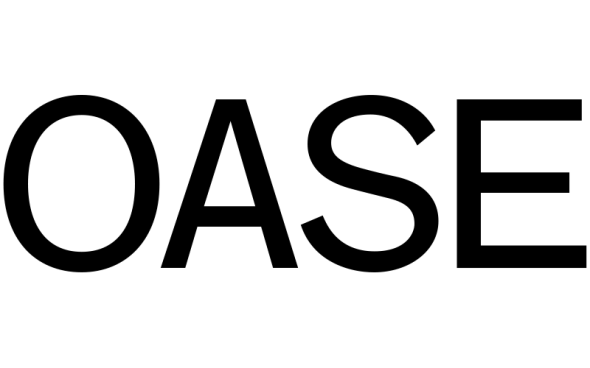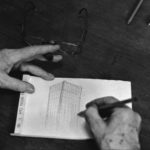OASE 98 – Narrating Urban Landscapes | Call for Papers

This issue of OASE brings together an interest in the perception and design of urban landscapes with a particular methodological view. In urban planning and landscape practices developed in recent decades, notions such as ‘sense of place’ and site-specificity have been reintroduced as leading concepts, especially in redevelopment of ‘post-productive’ landscapes: former industrial areas, brownfields, harbours, mining sites, etcetera. Here, the landscape was transformed and manipulated rigorously in favour of industrial production processes, and often planned from a bird’s-eye perspective, according to tabula rasa methods or zoning plans projected directly from the drawing table onto the territory. In redesigning and making accessible such spaces, this abstracting perspective made way for an approach taking into account the experience on the terrain, rooting the identity of a site in a retracing of former uses. Therefore, in much of these reconversion projects (for example in Emscher Park), design approaches are called in that claim to ‘read’ the different layers and meanings of a site, understood as the locus of different stories, which can be revealed, reconstructed and altered. Today, a new type of redevelopment is high on the agenda: that of suburban areas around or between cities. Built mainly in the post-Second World War period, these urban landscapes are subject to far-reaching demographic changes and development pressure, especially because most city centres and the above-mentioned post-productive landscapes are becoming fully developed. However, suburban areas often seem to lack the site-specificity and the history of inner cities and brownfields. An important challenge is how to enhance the legibility of an urban landscape that has been planned in a seemingly chaotic way, from tabula rasa planning to a piecemeal infill, juxtaposing layers and – often contradictory – meanings? If suburbia is to become city, what is its ‘sense of place’? And what is the story that holds it together?
This issue of OASE investigates narrative approaches of analysis and design of both post-productive and suburban landscapes. How are narrative means (textual as well as visual) used as a way to (re)construct stories of landscapes, to reveal site-specific identities, to investigate experiential qualities, to place the subject back in the centre of the analysis and design project? How does narrativity foster the experience of temporality and history in the experience of landscape? A fertile ground for such explorations, in which the ‘reading’ of the urban landscape became subject of urban investigation, can be found in the critical responses to the abstracting perspective of modern architecture and urban planning, for instance by the British Townscape movement, and in the interest in the subject’s experience of the urban landscape in the work of American designers and researchers such as Kevin Lynch, Lawrence Halprin, Edmund Bacon, Robert Venturi and Denise Scott Brown. In the course of the 1960s and 1970s, their field of interest shifted from the inner city to suburbia and highway landscapes, which were in full development at the time. They used a wide range of media that can be described as ‘narrative’: ‘serial views’, interviews, mental mapping and they experimented with the juxta- and superposition of photographic images, sketches, text and maps. However, this interest in experiential and narrative aspects of urban landscapes has its precedents in older site-specific and experience-oriented approaches (for example Camillo Sitte’s attempt to link the modern city to the specificity of the site and the pedestrian experience), as well as in landscape architecture (for example the picturesque garden, specifically designed from a routing as a narrative structure).
This issue of OASE aims to explore the legacy of these historical approaches, and seeks appropriations of such methods to address today’s questions of urban landscapes. We are looking for two types of contributions. First, we invite contributions of/on (landscape) architects and urban planners using a narrative approach in analysis and design today. Which techniques are used, and how are they brought into practice? Second, we invite theoretical and/or historical reflections, taking the exploration of the experiential and narrative aspects of urban landscape in history as a starting point for a critical reflection. Who constructs the narrative, how and why? How does the narrative relate to power relations? Can narrativity provide a way of conceiving of subject-object, reader-writer as active relationships instead of as opposites?
The aim of this issue of OASE is to understand the historical foundations of the concept of narrativity in reading and designing the (urban) landscape, and to uncover the relevance of narrativity for today’s practice.
Please send your abstract of max. 500 words before July 15, 2016 to info@oasejournal.nl.
Notification of results: 25 July 2016
Papers: max. 3000 words
Deadline: 15 September 2016
Release of the issue: May 2017
Go to the official call page.
Related Posts
Questo sito usa Akismet per ridurre lo spam. Scopri come i tuoi dati vengono elaborati.








Lascia un commento